Composability is a growth-promoting factor that drives the continuous advancement and expansion of decentralized finance.
Composability is Crucial to the DeFi Ecosystem
Composability, as used in decentralized finance (DeFi), is the capacity of different applications and protocols to interact with one another in a smooth manner, enabling the fusion and integration of its component parts to provide new features or financial services. This interoperability allows for the flexible assembly and combining of many protocols, much like Lego blocks.
In the DeFi ecosystem, composability is important because it fosters innovation by enabling developers to easily construct novel financial products by leveraging existing protocols. This adaptability fosters creativity and the development of DeFi, resulting in a dynamic environment for services.
Composability also increases liquidity and efficiency by making assets more useful in a variety of contexts. By removing obstacles to entry for users and developers, it increases the ecosystem’s transparency and accessibility.
DeFi’s Composability Components
DeFi’s comprehensibility is made up of multiple essential elements that serve as the foundation for its modular and interoperable design. These consist of lending and borrowing protocols, SDKs, smart contracts, interoperability and token standards, and APIs.
Many DeFi apps are built on top of smart contracts, which are pieces of self-executing code on the blockchain. The fundamental layer of composability is formed by the interactions between these contracts.
Token standards and interoperability are also essential components that make DeFi composability possible. Token and protocol compatibility and interoperability are ensured by standards like ERC-20 and ERC-721, which permit the interchangeability of tokens from different projects within the DeFi ecosystem.
Protocols for lending and borrowing are yet another crucial element of DeFi composability. These protocols enable users to lend, borrow, or swap assets. Examples of these protocols are lending platforms and decentralized exchanges. Because of their composability, these protocols can interact to provide features like yield farming, flash loans, and complex trading techniques.
Software development kits (SDKs) and application program interfaces (APIs) are essential components of DeFi that promote interoperability and accelerate ecosystem innovation. For example, APIs are used to connect software systems and enable easy communication between them. By standardizing access to distinct features, they facilitate the simpler integration of disparate protocols.
Furthermore, SDKs help developers by providing prebuilt resources and tools that simplify the construction and integration of software. These kits provide necessary elements like wallet integrations and smart contract interactions.
The interplay among these constituents facilitates the amalgamation and accumulation of procedures to yield pioneering financial commodities and amenities. The smooth integration of various applications and functionalities is made possible by the modular design, which promotes ongoing innovation and increases the DeFi space’s usefulness and efficiency.
Interoperability vs. Composability
While both composeability and interoperability are essential ideas in DeFi, their ramifications and areas of emphasis are different.
Composability, as previously said, refers to the ibility of different smart contracts or protocols to communicate and interact with one another without difficulty, acting as building blocks that may be joined to construct new capabilities.
On the other hand, interoperability describes the capacity of different networks or systems to work together and exchange information. Composability refers to the adaptability and combining of components inside a system, whereas interoperability is the greater compatibility and interchange across other systems or networks.
Different Forms of DeFi Composability
Three fundamental types of composability can be distinguished in the context of software systems, such as DeFi: morphological, atomic, and syntactic composability.
Composability morphologically
This is the ability of individual parts or modules to combine to create larger structures while retaining their distinct qualities or capabilities. In the context of DeFi, this can mean combining various protocols or smart contracts while preserving their distinctive features, allowing them to interact and function independently inside a larger system.
Atomic modularity
Atomic composability is the capacity of individual parts or modules to function freely and independently. Each protocol or smart contract in DeFi can operate independently and provide a specific service or feature that can be utilized separately or in conjunction with other protocols without compromising the integrity of those protocols.
Composability of syntax
The primary goal of syntactic composability is the components’ compatibility and interoperability based on their interfaces, or how they communicate. Syntactic composability in DeFi ensures that different protocols or modules can communicate with one another and share data or functionality by adhering to established interfaces or communication protocols.
Composability in DeFi versus traditional financing
DeFi’s composability—characterized by decentralized and interconnected protocols—allows for a financial environment that is more adaptable, inclusive, and quickly changing than the rigid and segmented structure of traditional banking.
In traditional finance, composability is limited by centralized structures and closed systems. Financial institutions work in silos and have little service interoperability. Usually, each institution offers a narrow range of products or services that are challenging to combine or use in conjunction with one another. Because of the necessity for intermediaries, proprietary systems, and stringent rules, innovation is sluggish.
DeFi, on the other hand, loves to be modular. It facilitates an open-source, permissionless ecosystem with modular protocols that work together. Smart contracts are building blocks that facilitate seamless interoperability between various software and protocol combinations.
These protocols are easily remixed and combined by developers to provide fast, cutting-edge financial services. Allowing crop farming techniques, stacking numerous protocols, and decentralized transactions without middlemen, this free environment fosters innovation.
For example, Protocol A, which provides loan services, can coexist peacefully in DeFi with Protocol B, which enables decentralized trading. By transferring resources from Protocol A to Protocol B, compound yields can be achieved.
Users can combine different protocols to construct complicated financial strategies at a faster rate of innovation due to this interoperability. DeFi’s composability, which offers flexibility and efficiency that are hard for traditional finance to match, is built on this seamless connectivity.
On the other hand, because assets borrowed from a bank cannot be easily used within the stock exchange, the compounding benefits are reduced. The segmented design of traditional finance services limits their combinatory potential, limiting innovation and flexibility, in contrast to the interconnected nature of DeFi composability.
Advantages of Composability in DeFi
DeFi composability drives the advancement of decentralized finance by fostering innovation, liquidity, inclusivity, and user experiences.
Composability’s primary advantage is its capacity to foster rapid invention. Because it allows developers to mix current protocols like modular building blocks, it accelerates the development of new, complicated financial products and services. This adaptability creates a dynamic environment that encourages exploration and progress in the DeFi space.
Composability maximizes the usage of assets in a variety of applications, which also improves efficiency and liquidity. Reduced idle assets improve market efficiency as a whole. Additionally, it removes obstacles to entrance for developers and consumers, promoting diversity and ecosystem involvement.
This interconnection improves user experiences by offering a wide range of interconnected services and apps under one roof, which eventually propels the development and growth of decentralized finance.
Risks and difficulties related to DeFi composability
Due to the security flaws, dependence hazards, legal ambiguities, and potential system failures associated with DeFi composability, strict security protocols and regulatory frameworks are required for long-term, sustainable growth.
Security vulnerabilities arising from the interdependence of protocols represent a major area of concern. Interactions between smart contracts or protocols can produce complex attack surfaces that expose vulnerabilities across the ecosystem.
Dependency risks also include the possibility of a base protocol malfunctioning or being compromised, which might cause a domino effect that impacts user funds and other protocols. Owing to DeFi’s dynamic nature, legal challenges may arise from regulatory and compliance concerns.
Furthermore, the speed at which composability encourages innovation could result in hastily assembled systems or inadequately tested protocols, raising the risk of mistakes, vulnerabilities, or system failures.
The security and long-term growth of the DeFi ecosystem are dependent upon addressing the aforementioned concerns and implementing strong security mechanisms, thorough auditing, standardization activities, and evolving regulatory frameworks.

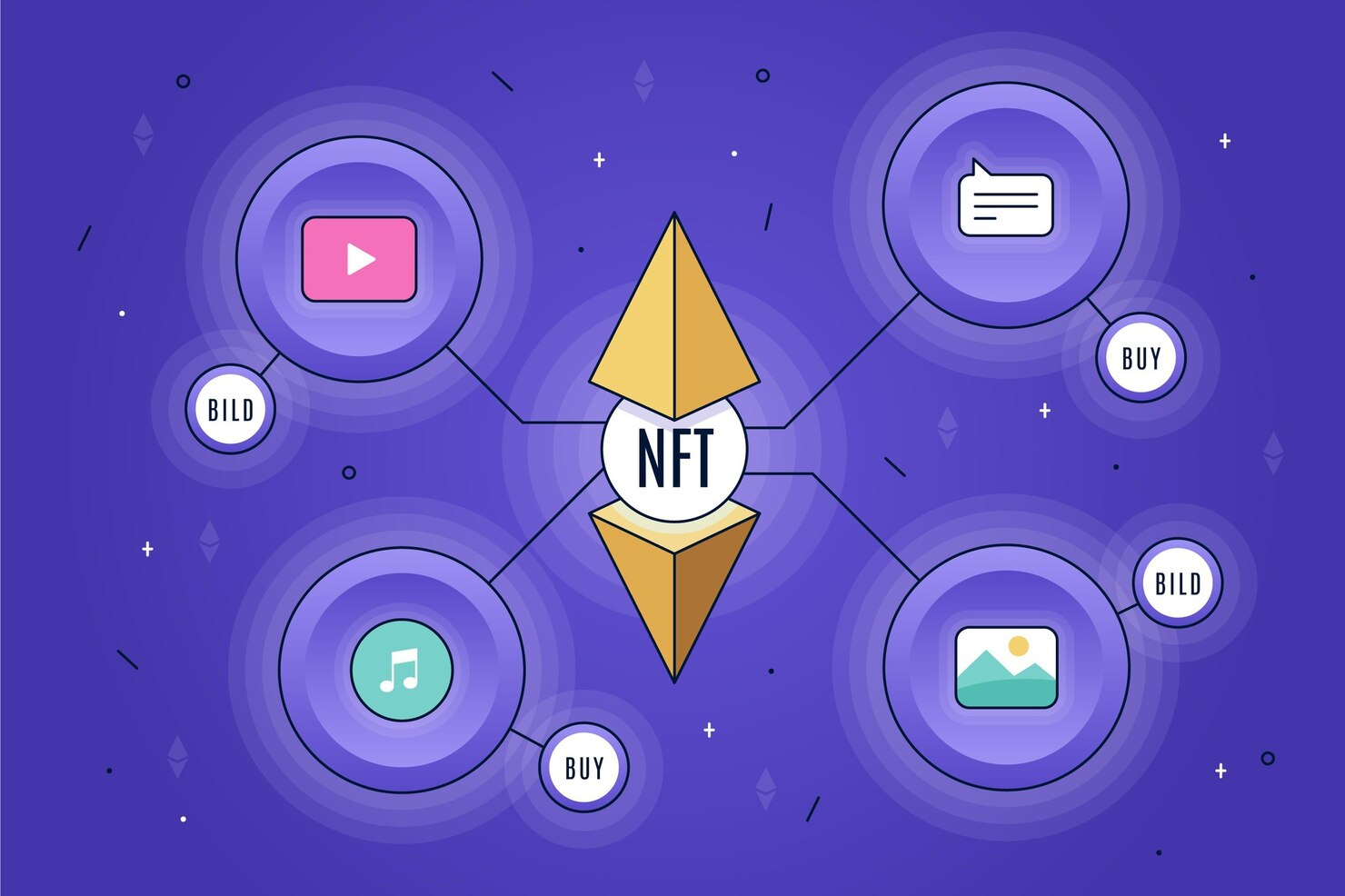

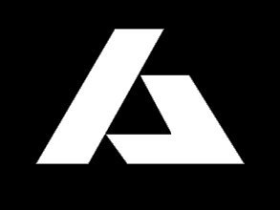

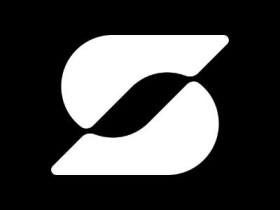



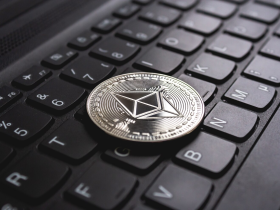

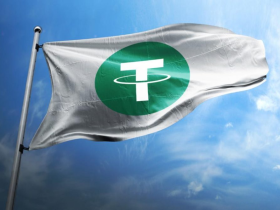

Leave a Reply